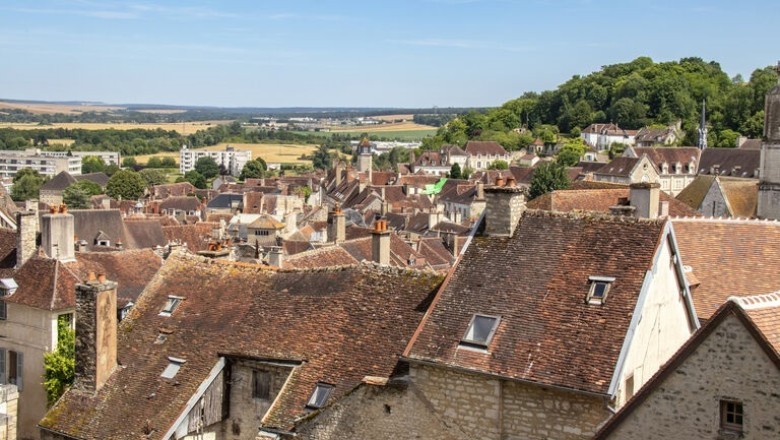
Famous Place
The Fosse Dionne in Tonnerre, France, is a remarkable and mysterious natural spring that fascinates both locals and visitors. Situated in the middle of a street and surrounded by houses, it lies like a natural amphitheater a few meters below the street surface.
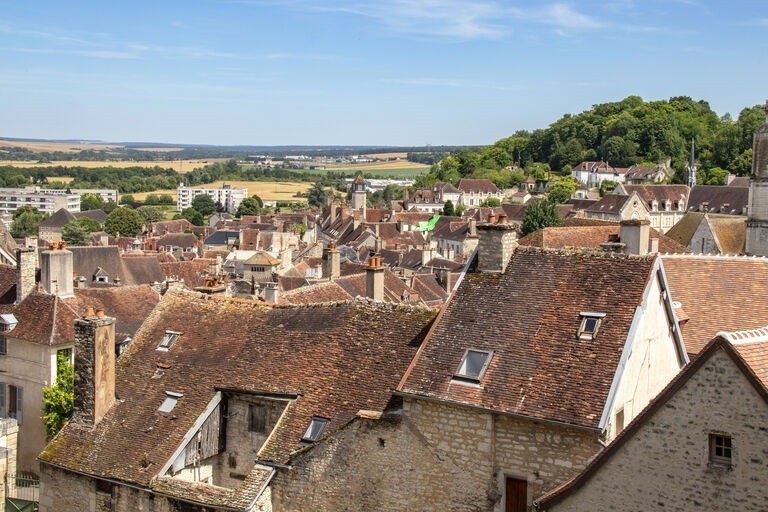
This unique setup allows spectators to peer down into the waters, adding to its mysterious and picturesque allure. The Fosse Dionne is not just a natural wonder but a central feature of the town, deeply rooted in its landscape and history.
Unique Spring
The Fosse Dionne is renowned for its abundant water output. According to BBC, it releases an impressive 68 gallons of water per second from its stone wall, with an additional 82 gallons flowing into the spring, as reported by The Travel.
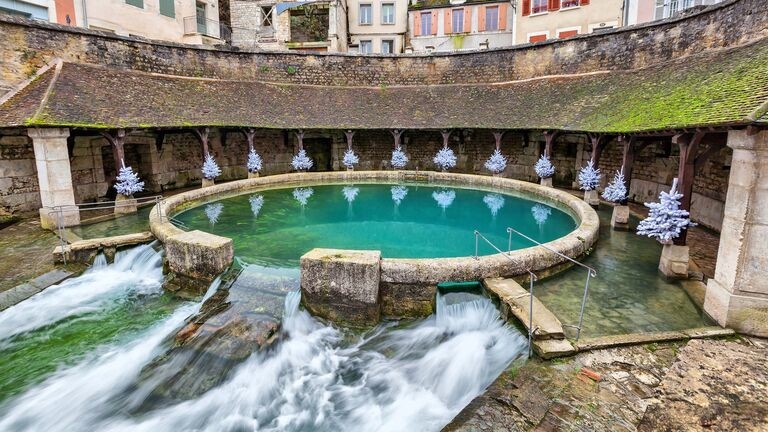
This remarkable flow rate is a characteristic feature of the Fosse Dionne, making it an object of fascination and speculation. The constant and abundant water supply of the spring has been a wonder for centuries, leading to questions about its source and the mechanics of its flow.
Unknown Origin
For hundreds of years, the residents of Tonnerre have pondered the origin of the abundant water at Fosse Dionne. The seemingly inexhaustible spring without a discernible source arouses curiosity and speculation.

Some speculate that the water could come from the Morvan region, suggesting a connection to distant geological features. This mystery only adds to the allure of Fosse Dionne, making it a subject of local legends and scientific interest.
Negative Edge
Observations of the Fosse Dionne offer little clues about its mysterious underground path. The water on the surface appears calm and serene, masking the strong currents beneath.

This peaceful exterior conceals the dynamic and potentially complex underground paths that feed the spring. The appearance of the water on the surface of Fosse Dionne can be misleading, as it does not reflect the possible turbulence and flow dynamics below.
Urban Landmark
Dominique Aguilar, the mayor of Tonnerre, emphasized the significance of Fosse Dionne for the town in a BBC interview in December 2019. Aguilar highlighted its enigmatic nature and admitted that its exact origins are unknown.

The Fosse Dionne is not just a natural feature but also a symbol of mystery and fascination in the community. It represents a connection to the unknown, a natural wonder that constantly ignites curiosity and interest.
Seasonal Changes
Aguilar also noted the ever-changing appearance of Fosse Dionne, influenced by weather conditions and other environmental factors. The water can vary in color from blue to green to brown depending on environmental conditions.
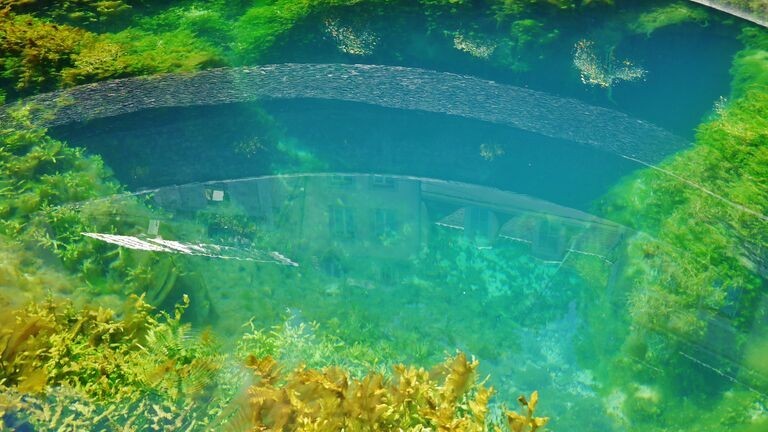
This chameleon-like quality of the water could provide clues to its source, as the color changes could indicate different materials or conditions along its underground path.
Fantastic Rumors
Over the years, the Fosse Dionne has inspired numerous myths and legends, giving it a mystical dimension. Stories of gateways to other worlds and serpent creatures in its depths have sparked the imagination, imparting a supernatural aura to the spring.

These tales, although fantastical, speak to the human tendency to fill gaps in knowledge with myths and legends, especially when faced with natural phenomena that defy simple explanation.
Enshrined
A persistent myth revolves around holy men sent to slay a serpent-like creature in the Fosse Dionne. This legend, born from the imaginations of the women washing laundry there, has become an integral part of local folklore.

The story has transcended oral tradition and now finds a more enduring expression in local art and culture, underscoring the impact of Fosse Dionne on the collective consciousness of the community.
Dual Elements
French historian Pierre Millat shed light on this legend in a BBC interview at a local church in December 2019. He explained that a statue in the church displays key elements of the Fosse Dionne myth, including Saint-Jean de Réaume and the legendary basilisk.

This statue serves as a tangible link to the past, immortalizing the mythical narrative associated with Fosse Dionne and highlighting its significance in local history and culture.
An Intriguing Blend
Millat delved further into the portrayal of the basilisk, described as a mix of lizard and rooster. This unusual creature, depicted alongside Saint-Jean de Réaume in the statue, symbolizes the fantastical nature of the myths surrounding Fosse Dionne.

The collar of the basilisk suggests that Réaume captured it in the spring, a representation of the triumph of good over evil and a testament to the enduring power of myth to explain and contextualize natural phenomena.
Not Your Average Monk
Saint-Jean de Réaume, as depicted in the legend and the statue, was not just any monk but a figure revered for his miraculous abilities. According to Millat, Réaume was a monk of the seventh century who arrived in the area in 635 AD to cleanse the Fosse Dionne.

His connection to the spring and the basilisk myth adds a layer of historical and religious significance to Fosse Dionne, intertwining its natural mystery with stories of holy intervention and supernatural events.
Once a Foul Swamp
Pierre Millat shed light on the historical context of Fosse Dionne, revealing that it was considered a foul swamp in the Merovingian era. Saint-Jean de Réaume, the monk associated with the basilisk legend, is regarded in this context as a monastic pioneer with the ability to perform wonders. The transformation of the Fosse Dionne from a swamp to a revered site is credited to these early monastic efforts.
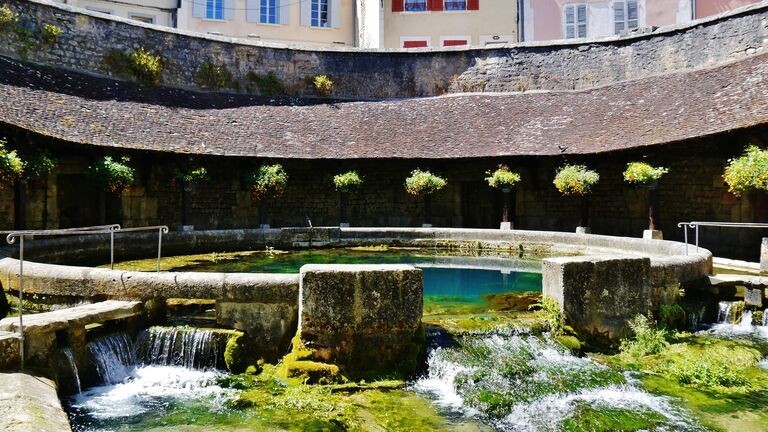
This story, though fascinating, is just one aspect of what draws people to Fosse Dionne. Its allure goes beyond mythical narratives and is rooted in its unique natural beauty and historical significance.
Community Hub
The history of Fosse Dionne is not only rich in myths but also deeply rooted in cultural significance that dates back to Celtic and Roman times. During the Roman era, the pond was highly valued for its access to fresh water and became a vital resource for the local population.
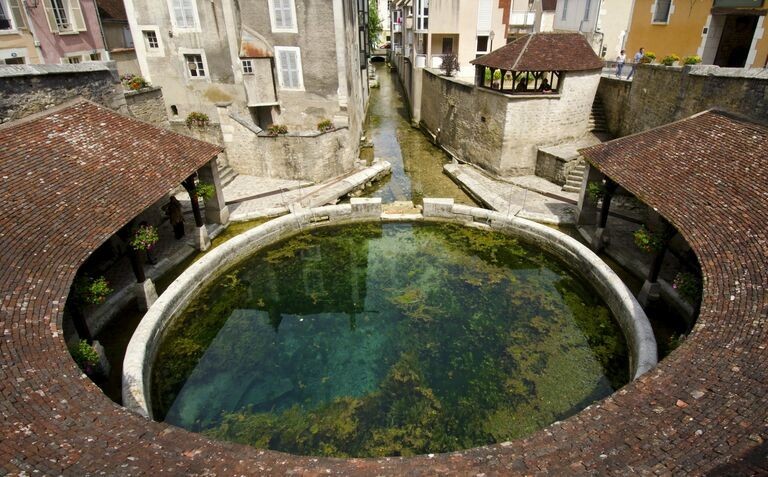
During these times, Fosse Dionne began to be recognized not just as a natural feature but as a central element in the daily life of the community, playing a crucial role in the supply and development of local settlements.
A Sacred Site?
For the Celts, Fosse Dionne was more than just a practical water source; it held sacred significance. This reverence aligned with the mystical narratives surrounding the spring and hinted at a spiritual connection to the natural world.
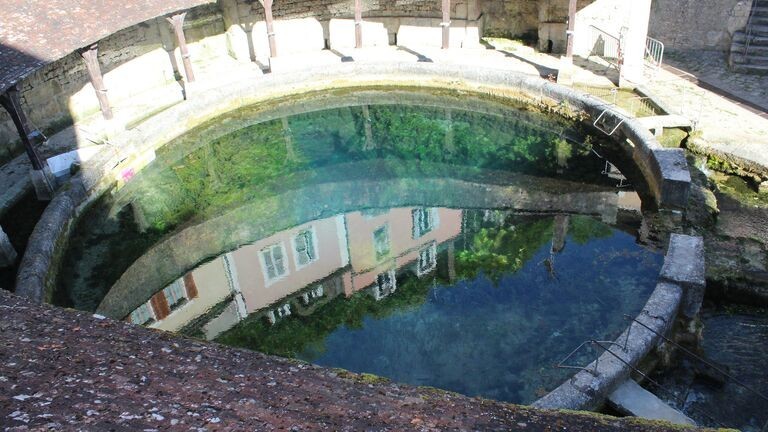
However, in 1758 under the Chevalier d’Éon, the area experienced a significant change that marked a departure from its ancient sacred status.
The Washerwomen
During the time of Chevalier d’Éon, Fosse Dionne had evolved into a communal laundry spot for the residents of Tonnerre. The construction of the amphitheater around its edge provided the washerwomen with a practical workspace where they gathered to wash clothes.

Interestingly, this tradition persisted well into the 20th century, with reports that these women were paid hourly for their work at Fosse Dionne even 150 years later.
Managing on Multiple Levels
During this time, structural improvements were made to Fosse Dionne. A wall was built around the spring and the amphitheater to regulate the water flow and facilitate its use as a washing place.
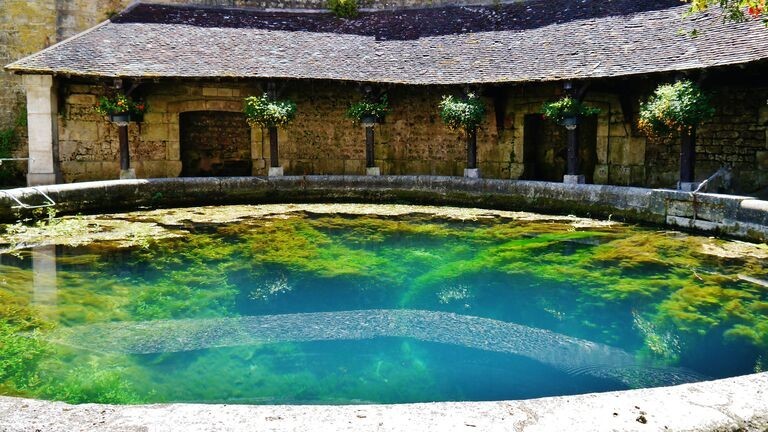
Additionally, a simple system was introduced to control the water level. This marked a significant advancement in the community's ability to utilize and control natural resources.
A Grand Water Spout
A key feature of this system was a stone barrier with an outlet, resembling a large water spout. This innovation allowed residents to regulate the water flow and avoid wastage during washing.
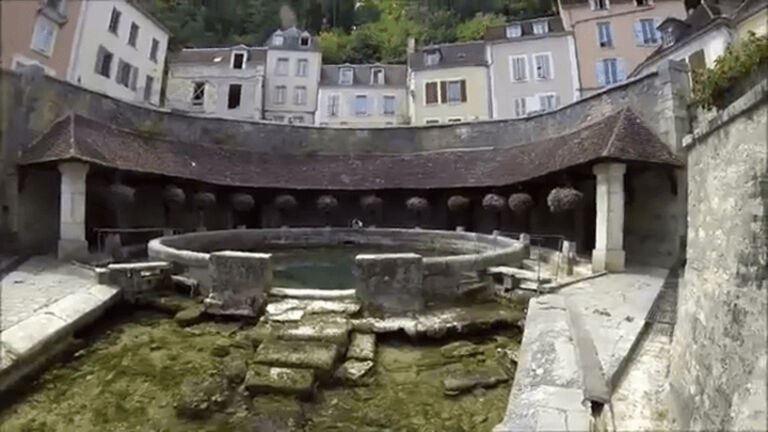
Such a mechanism was quite advanced for its time and predated the widespread use of modern faucets. It demonstrates the ingenuity of the community in practically utilizing natural resources.
What Lies at the Bottom?
The washerwomen at the Fosse Dionne contributed to the transmission of their myths. Their speculations about the unknown depths of the spring fueled fantasy and curiosity, leading to various fantastical stories.
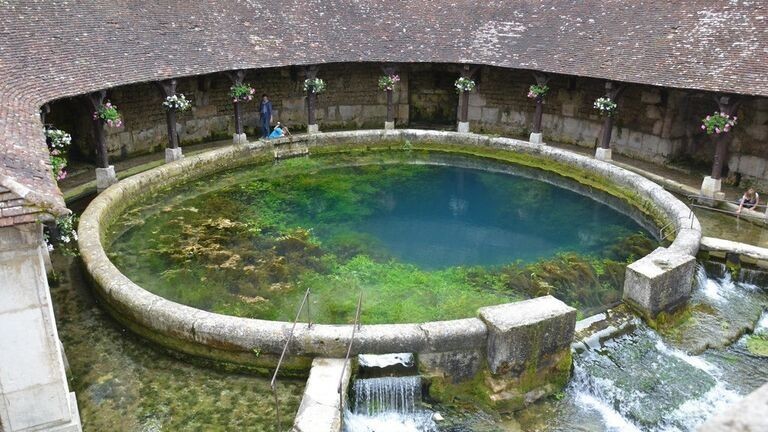
Despite these tales, the true origins and extent of Fosse Dionne remain a mystery that continues to captivate both locals and visitors.
Since the Dawn of Humanity
Pierre-Éric Deseigne, a diver, offered his perspective on the ancient origins of Fosse Dionne. In an interview with the BBC, he hinted that the spring has existed since the dawn of human civilization, indicating a long and continuous human interaction with this natural wonder.
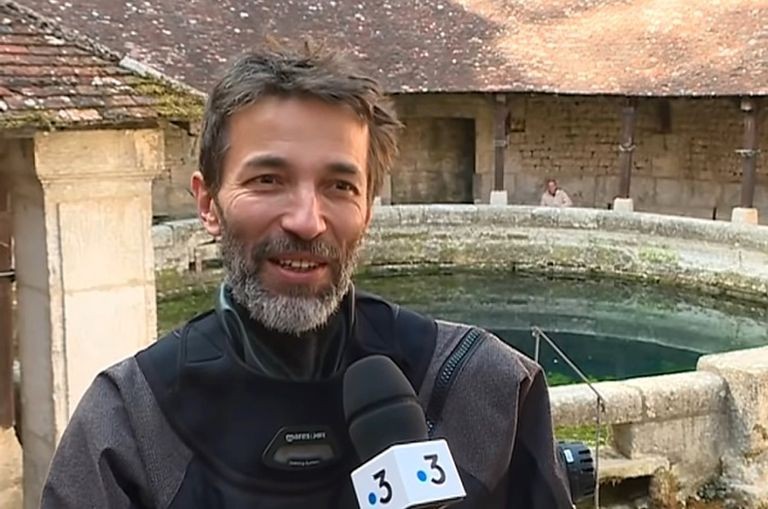
Deseigne's assessment heightened the mystery of Fosse Dionne, framing it as a place of significant historical and prehistoric importance.
Eternal Natural Beauty
Deseigne's characterization of Fosse Dionne as a very ancient spring, with human presence since the beginnings of humanity, underscores its significance as a landmark.

People continue to be drawn to this remarkable site, captivated by its natural beauty and layers of history and legend that surround it. Fosse Dionne stands as a testament to the enduring fascination of natural wonders that have witnessed the passage of time.
Recent Exploration
In recent decades, efforts have been made to explore Fosse Dionne and unveil its secrets. Divers attempted to delve into its depths to understand its source and extent. A notable exploration took place in 1974, marking the first serious attempt to unravel the mysteries of the spring.
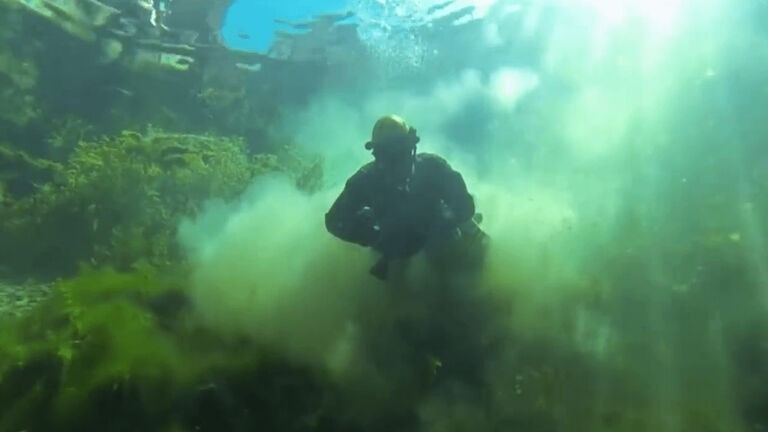
These exploratory dives represented a blend of scientific inquiry and a spirit of adventure, aiming to shed light on the mysterious nature of this ancient water source.
Cautious Expeditions
The exploration of Fosse Dionne was not without challenges and risks. Authorities highlighted the inherent dangers of diving in such an unpredictable and complex natural structure.
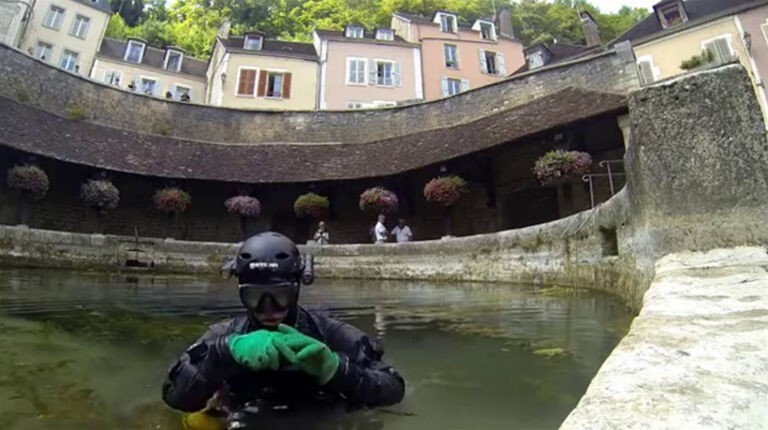
After the 1974 dive, another attempt was made two decades later, and then in 2018, Deseigne was granted permission to explore the spring. These successive expeditions underscore the enduring fascination with Fosse Dionne and the desire to uncover its secrets.
Breathtaking Visuals
During his dive, Deseigne captured extraordinary images revealing the underwater landscape of Fosse Dionne. His footage depicted the spring resembling an underwater cavern, with narrow passages and complex formations.

A particularly challenging section, 98 feet below the surface, required Deseigne to navigate through tight spaces, emphasizing the technical difficulty and potential hazards of exploring this mysterious spring.
Unfortunate Incidents
Dominique Aguilar reflected in a BBC interview on the history of diving explorations in Fosse Dionne, revealing the associated risks and tragedies. She recounted a dive in 1974 that ended tragically, claiming the lives of two individuals. This dark chapter in the history of Fosse Dionne exploration highlights the dangerous and unpredictable nature of diving in such a complex and mysterious natural phenomenon.

Aguilar's account of this incident sheds light on the inherent risks of exploring the depths of the spring and underscores the reasons for the subsequent restrictions on diving activities.
A Deadly Dive
Aguilar further shared the story of diving in Fosse Dionne, noting that even the last permitted dive before 1996 tragically ended. This fatal incident led to a ban on further dives to prevent more accidents. However, when Aguilar took office in 2014, she made the significant decision to allow diving explorations again.
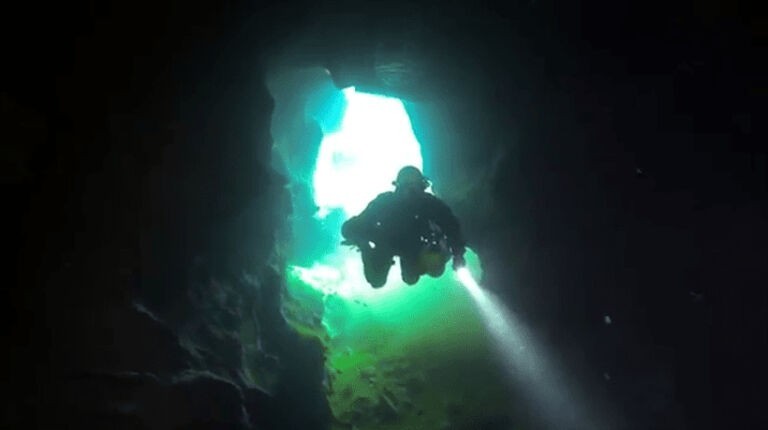
In collaboration with Pierre-Éric Deseigne, they initiated a program for safe exploration, cleaning, and investigation of Fosse Dionne, including creating technical drawings. This marked a new chapter in understanding the spring, balancing the desire for exploration with the need for safety and scientific accuracy.
Not Quite at the Bottom
Deseigne's dive in 2018 represented a renewed attempt to unravel the secrets of Fosse Dionne. After mastering a challenging section at 98 feet deep, he encountered an even narrower area at 124 feet deep. Upon reaching a sandy bottom, he realized he had not yet reached the true bottom of the spring.

His exploration continued, delving deeper into the uncharted depths of Fosse Dionne, a testimony to the diver's determination and the complex underground landscape of the spring.
Mapping the Depths
Deseigne's exploration spanned an impressive 980 feet from the entrance of Fosse Dionne. A year later, he returned for another dive and continued his efforts to map this mysterious spring.
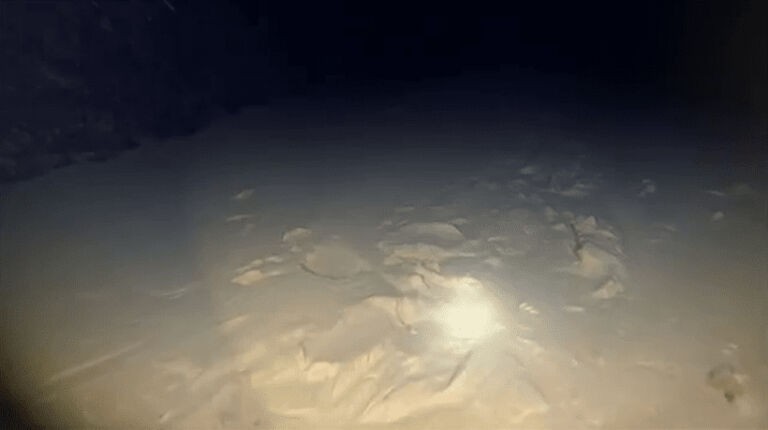
In a BBC interview in December 2019, Deseigne explained his role in creating detailed maps of Fosse Dionne. His work was crucial in documenting the complex underwater pathways of the spring and contributing valuable data to our understanding of this natural wonder.
Axis and Azimuth
Deseigne explained the significance of mapping in cave diving, stating that the existence of a cave is only recognized through its mapping. He described the meticulous process of recording observations, drawing plans, and noting distances, depths, and directions.
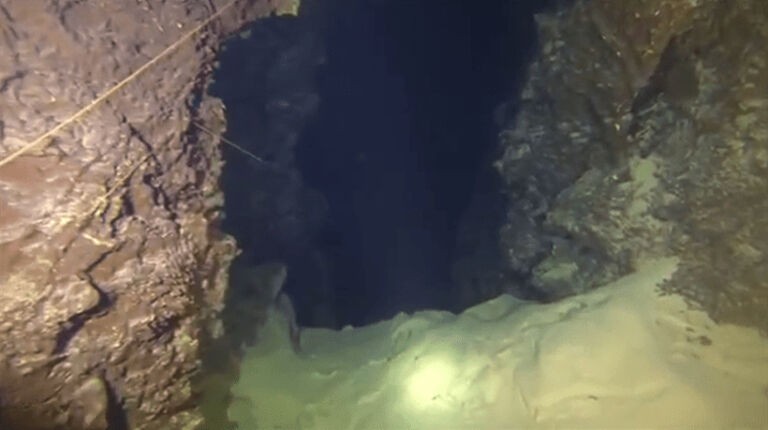
This detailed work enables an accurate representation of the cave layout and aids in navigating its complex structure. His efforts to map Fosse Dionne were vital in bringing the physical dimensions and characteristics of this hidden world to light.
The Tight Squeeze
Deseigne discussed the challenges of the dive, highlighting the dangerous sections, particularly the tight passages where previous accidents had occurred. He recognized the hazardous nature of these narrow spaces, noting that previous explorers tragically did not return from them.

This acknowledgment serves as a sobering reminder of the risks associated with exploring such a dangerous environment and the courage required to delve into these unknown depths.
Venturing into the Unknown Zone
During his 2019 dive, Deseigne reached a depth of nearly 260 feet, entering the so-called "unknown zone." This unexplored and mysterious area represents the limit of our understanding of Fosse Dionne.
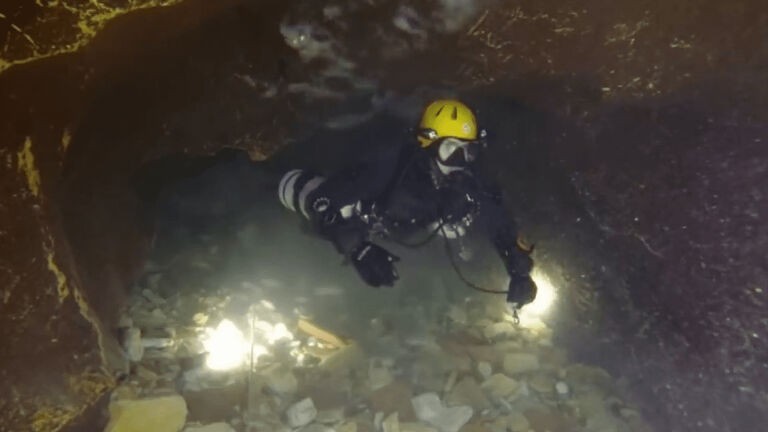
Deseigne's journey into this depth marked a significant milestone in exploring the spring and expanded the boundaries of what is known about this ancient and enigmatic water source.
Plunging into the Depths
Deseigne recalled a moment of decision at the edge of the deep zone, where he encountered a large vertical disruption. Driven by curiosity and the allure of the unknown, he chose to press on despite the risks.
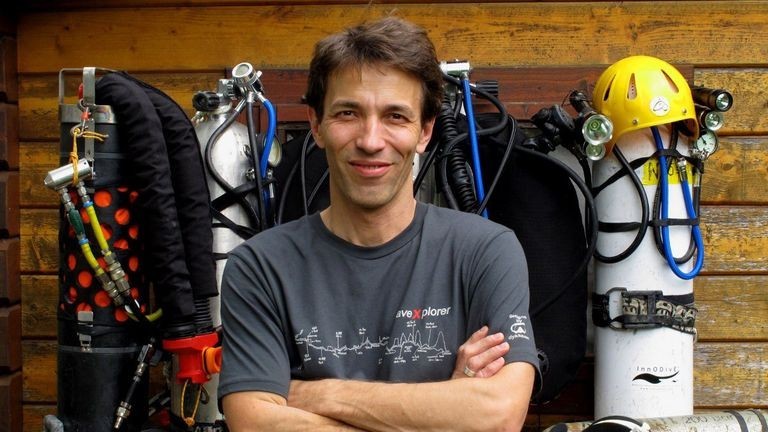
This moment captures the spirit of exploration and discovery that drives individuals like Deseigne to confront the unknown and expand the boundaries of human knowledge and experience.
Open Diving
Deseigne expressed excitement about exploring unknown territory and shared his wonder and privilege at being the first human to see these undiscovered parts of Fosse Dionne. His realization that the gallery continued offers hope for future exploration and suggests that there is much more to learn about the extent and secrets of this mysterious spring.

Deseigne's account of his journey into the depths of Fosse Dionne not only expands our understanding of the spring but also inspires a sense of wonder and the possibility of further discoveries.










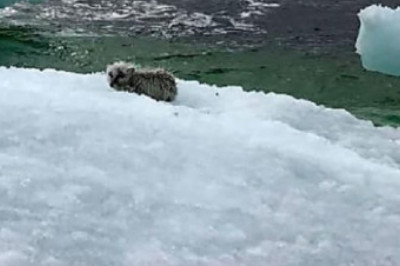

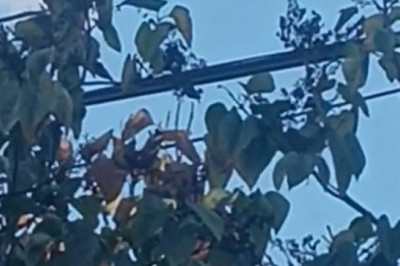

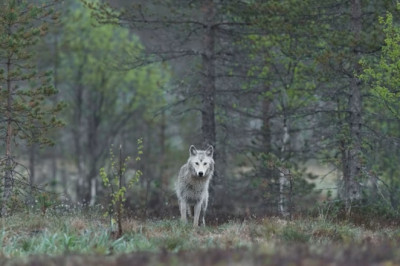



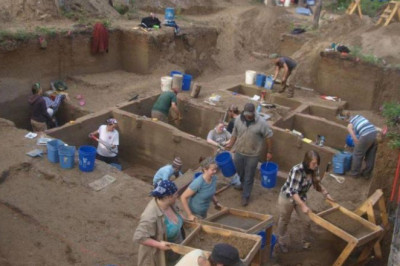
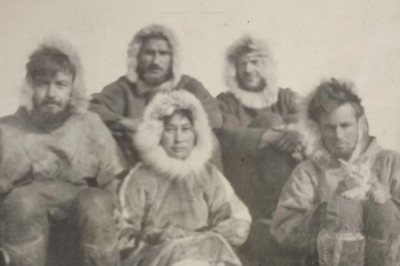
Comments
0 comment